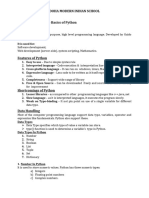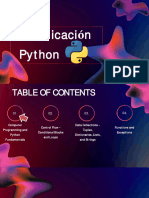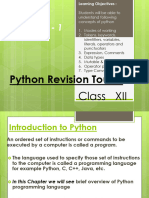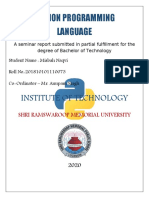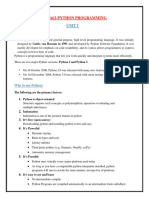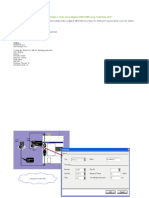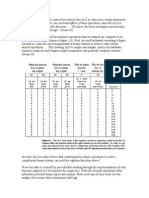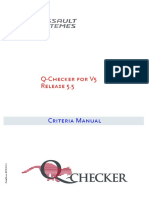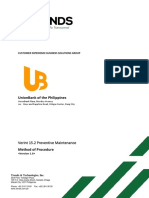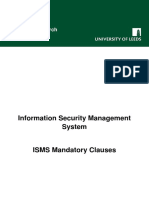0% found this document useful (0 votes)
179 views6 pagesSumita Arora Class Xi Computer Science With Python PDF
The document provides an overview of Python programming, detailing its features, shortcomings, and various data types including numbers, strings, lists, tuples, and dictionaries. It also covers operators, type conversion, error types, and exception handling in Python. Additionally, it explains the differences between errors and exceptions, and lists common built-in exceptions.
Uploaded by
alwina9310Copyright
© © All Rights Reserved
We take content rights seriously. If you suspect this is your content, claim it here.
Available Formats
Download as PDF, TXT or read online on Scribd
0% found this document useful (0 votes)
179 views6 pagesSumita Arora Class Xi Computer Science With Python PDF
The document provides an overview of Python programming, detailing its features, shortcomings, and various data types including numbers, strings, lists, tuples, and dictionaries. It also covers operators, type conversion, error types, and exception handling in Python. Additionally, it explains the differences between errors and exceptions, and lists common built-in exceptions.
Uploaded by
alwina9310Copyright
© © All Rights Reserved
We take content rights seriously. If you suspect this is your content, claim it here.
Available Formats
Download as PDF, TXT or read online on Scribd
/ 6


